Mayan Stelae at Quirigua
Mesoamerican monoliths and zoomorphic stones covered in royal visages, ancient mythology, and grand celestial events.
In the 8th century, at the height of ancient Mesoamerican culture, the city of Quirigua was one of its most important settlements, a World Heritage site that UNESCO calls “one of the major testimonies to the Mayan civilization.”
Situated at the crossroads of important trade routes in southeastern Guatemala, Quirigua teemed with cultural, civil, economic and royal life. At the site today are the remains of this once-grand city, including the Great Plaza (the largest known public gathering space of this Mayan region), and 17 stelae and zoomorphic monuments carved from sandstone.
Stelae are tall monoliths engraved in varying degrees of detail, to act as everything from calendars, to storytellers, to godly and royal icons. Known to have been created in several ancient cultures, standing stones of the Mayan—such as these at Quirigua—were often erected as testimonials to rulers and their glorious deeds, or to mark astronomical and seasonal events.
At over 30 feet, one is the largest stelae has hieroglyphic texts that describe important social and celestial milestones, as well as passages of Mayan mythology. Stela C, erected in the year 775, includes the “Long Count” date (the Mesoamercian measure of time) of 13.0.0.0.0, which corresponds to a date in August of 3114 BC (some say the 11th, others the 13th). For the Mayan, this marked the end of the Third World and beginning of the Fourth, when it was thought humans first roamed the Earth.
It’s this Long Count system that foretold the “End of the World” as December 21, 2012 for some modern doomsdayers. Half a decade later and not only is the world still here, but so are the Quirigua stelae. With care, they will last well into the Fifth World.
Know Before You Go
The site is about a four-hour drive northeast of Guatemala City, or if you are planning to visit Tikal it's a little longer but worth a detour. Much smaller than other Mayan ruins, they make up for it in quality. These are the largest and best preserved Mayan stele in the world.

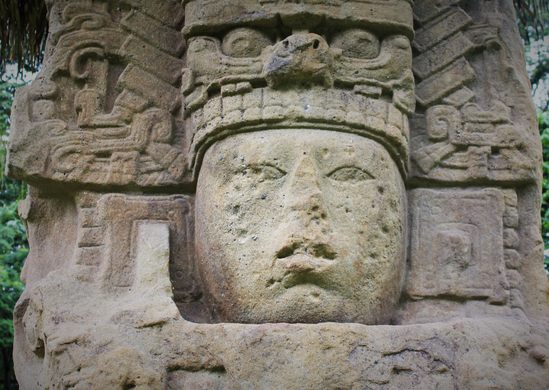






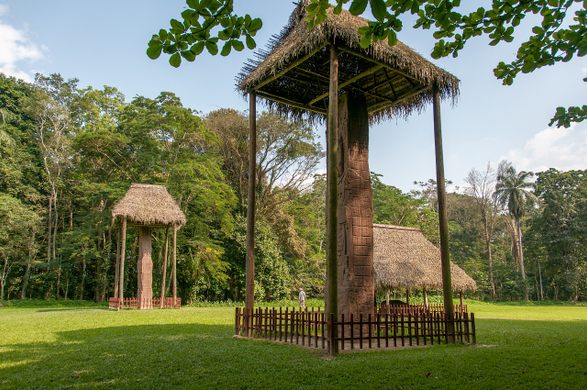




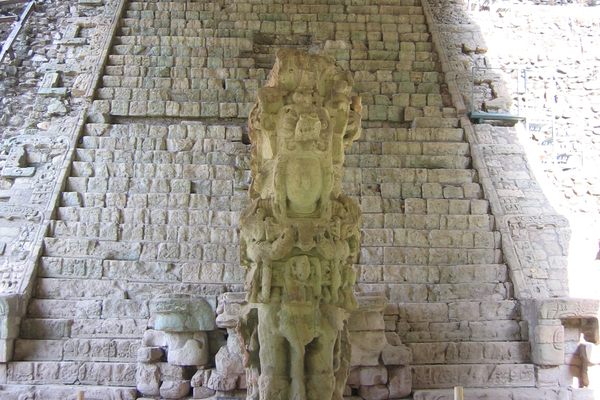

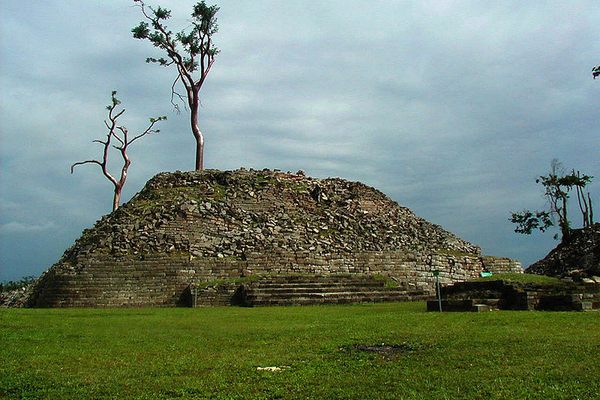

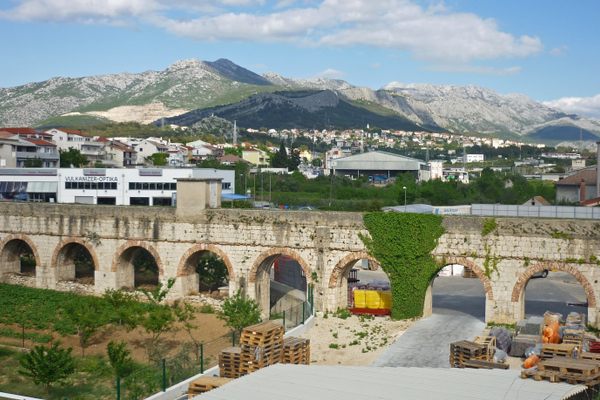



Follow us on Twitter to get the latest on the world's hidden wonders.
Like us on Facebook to get the latest on the world's hidden wonders.
Follow us on Twitter Like us on Facebook